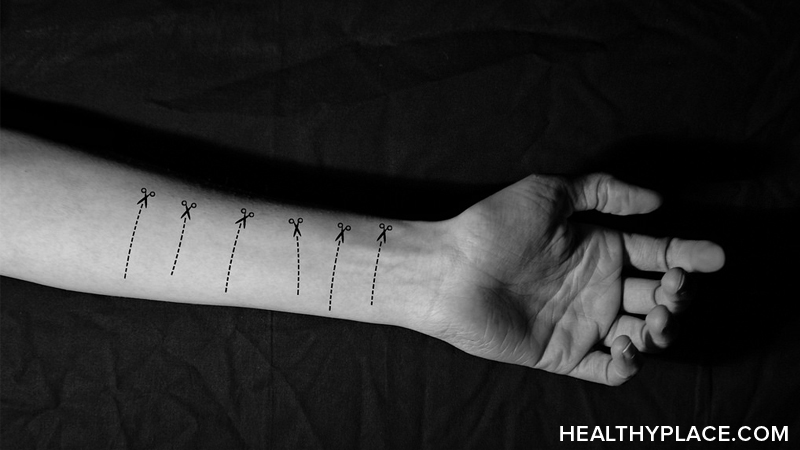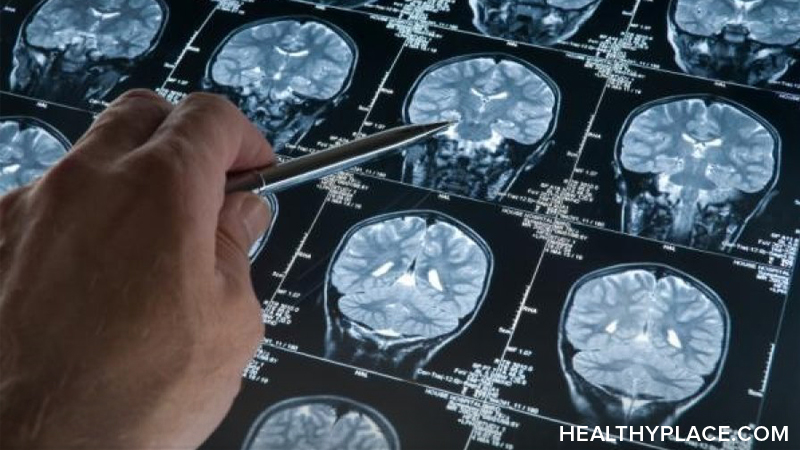Benefits of Positive Thinking: How It Helps Your Mental Health

Positive thinking benefits us all, so why are we still so negative? According to Doreen Virtue, bestselling author of Assertiveness for Angels, pessimism is a natural – albeit misguided – way of shielding ourselves from future disappointments. If we don’t believe we can meet our aspirations, then we protect ourselves from failure. Of course, this is no way to live your life. Pessimism can hold you back from happiness, while the benefits of positive thinking extend to your physical health as well as your mental wellbeing.
The Effects of Positive Thinking
The effects of positive thinking on the brain are quite astounding. For years, scientists thought the brain was static. We now know that thinking can change not only the way the way the brain works but also its physical shape and structure. From a neuroscientific viewpoint, imagining an action and doing it require the same neurons and sensory pathways in the brain; practicing one actually influences the other.
What does this mean? It means that your mindset is inextricably linked to all other areas of your life: your skills, your physical health and your mental wellbeing. According to representatives from Nucleus Media, scientists have studied how certain brain areas affect mental health, and vice versa, finding that in those with depression and other mental health disorders, the brain is actually configured differently over time ("How to Develop a Positive Mental Attitude Despite Depression").
Could Positive Thinking Improve Your Mental Health?
While the exact causes of mental illness remain unknown, we do know that positive thinking can reduce stress, anxiety and feelings of depression. However, as Associate Professor, Anthony Grant, from the University of Sydney, warns positive thinking in place of other treatment can be harmful. He states:
"In difficult periods in your life, you need to allow yourself to grieve and have a whole range of emotions, because that's part of the natural healing process."
Positive thinking, though, isn’t about shutting out the negative and slapping a smile on when you don’t feel like it. Positive thinking benefits us because it relies on a calm, measured and optimistic view of life, and of ourselves. Like all things in life, positivity requires balance and moderation.
Psychologist Suzy Green, from The Positivity Institute, puts this into perspective:
"It's maintaining a realistic, optimistic, mindset in the face of challenges, whereby you're drawing on your strengths and capacities and working through the situation more optimistically than pessimistically.”
What Can Positive Thinking Do for You?
It’s normal to feel skeptical about the effects of positive thinking. After all, we are naturally wary of change, and poor mental health can make us reliant on our comfort zones ("How to Create and Keep a Positive Mindset Despite Mental Illness"). Before you dismiss the benefits of positive thinking, however, consider what positive thinking could do for you.
What would it be like if next time you attended a job interview, you felt confident of your abilities? What if you built a protective bubble around yourself so that you couldn’t let negative or toxic people bring you down? What if you didn’t give yourself a hard time or obsess over your failures next time something went wrong? If positive thinking could change just one aspect of your life for the better, surely it’s worth suspending your disbelief?
APA Reference
Smith, E.
(2021, December 21). Benefits of Positive Thinking: How It Helps Your Mental Health, HealthyPlace. Retrieved
on 2025, April 29 from https://www.healthyplace.com/self-help/positivity/benefits-of-positive-thinking-how-it-helps-your-mental-health








